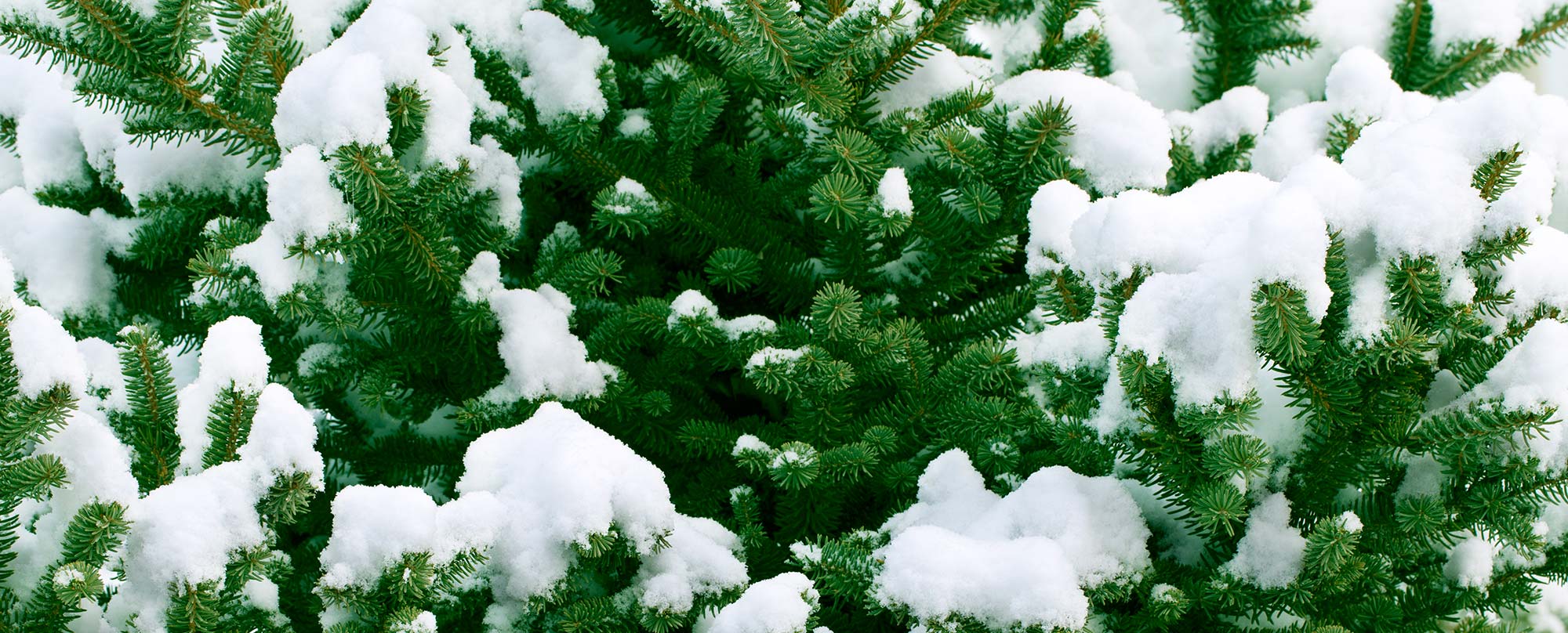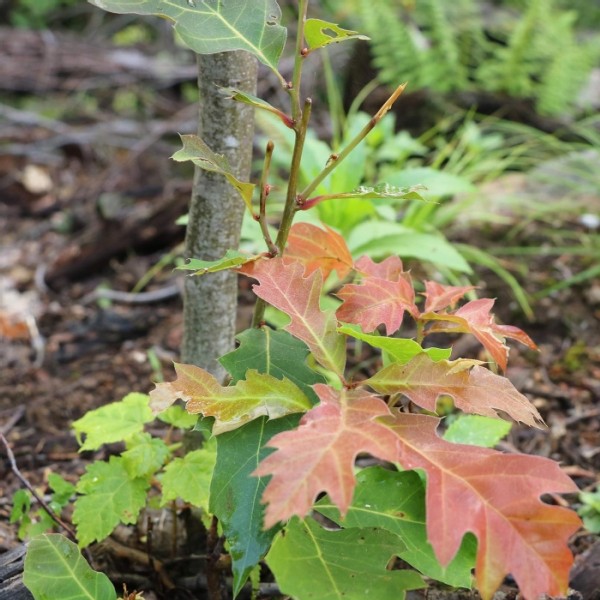I’m trying to promote regeneration on a woodlot that had been high-graded before I took over management of it, leaving mainly diseased beech behind. Deer over-browsing is also a challenge here. How can I encourage other tree species to thrive in this situation?
This story is familiar to me. Thirty years ago – long before I owned it – my forest in Bolton, Vermont, was high-graded, meaning the healthiest, most valuable trees (mostly large oak) were cut, and the least healthy, least valuable trees (mostly diseased beech) were left behind. Over the following decades the beech trees in the overstory declined from beech bark disease, and beech clones crowded the understory. Deer browsed the seedlings of other tree species, leaving a virtual monoculture of beech. While managing a forest with so many challenges can be frustrating, my experience has shown me the massive positive impact that a forest landowner can have in their woods.
Even in a degraded forest, there are nearly always some trees worth saving. On my land, there were areas that seemed to be without hope but that, following some crop tree release, are now promising young stands of oak, yellow birch, and sugar maple. Releasing crop trees can be done by a landowner felling and leaving low-quality trees on the ground or harvesting firewood, or by a logger as part of commercial forest management. Creating some canopy gaps in pockets of unhealthy trees will add structural diversity to your forest, and leaving trees and treetops unlopped on the forest floor will enhance habitat, enrich soil, and help protect seedlings in the understory from deer browse.
There may be areas, however, where the best option is to start over. On my land, I hired a whole-tree logging crew to create several 2- to 3-acre patch cuts in places where the overstory and the understory were uniformly unhealthy. By using a whole-tree crew, I was able to cut almost entirely unhealthy trees (which a logger with smaller equipment couldn’t afford to cut) and to have the feller-buncher clear the dense understory of beech saplings. Besides providing habitat for birds, bears, and butterflies, larger openings can encourage regeneration of species besides beech and create a lot of regeneration at once, potentially overwhelming the deer herd’s ability to browse it all.
While commercial forest management is an incredibly powerful tool, there are times when an active and engaged forest steward can be just as vital to the health of a forest. In the years after logging activity to extract timber or to fell trees for habitat purposes, a relatively small amount of effort can have a huge impact on the future of a forest. In my forest, I timed the patch cuts for autumn during a year when red oak acorns were plentiful. After the loggers left, I planted thousands of acorns in the ground, thus improving their chance of sprouting. A more time-intensive, but also much more effective, method of propagating red oaks is to collect acorns in autumn, store them during winter, and plant them after they sprout in spring.
Mitigating deer browse alone can have an enormous positive impact on regeneration. While installing deer exclusion fencing around entire patch cuts or canopy gaps isn’t feasible in most situations, landowners can protect individual seedlings with 5- to 6-foot tree tubes, or safeguard small areas of promising regeneration with 5- to 6-foot-tall welded-wire fencing, which can be removed and reused once regeneration reaches above deer browse height (about 6 feet tall). To protect the terminal buds of conifers such as white pine from winter browse, consider installing “bud caps” – folded pieces of paper that shield terminal buds from browse – in autumn.
I’ve also added some “microscale” crop tree release to my management toolbox. This past winter, I walked through my 5-year-old patch cuts with my little electric chainsaw, finding each 5-foot-tall oak and cutting the trees competing with them. Most of the oaks were crooked and multi-stemmed from repeated deer browse, so I also pruned them until each was a single, straight stem. While there weren’t many of these young oaks, I reminded myself that just a few dozen oaks per acre will have a profound positive impact on my forest.
While this work may seem insignificant, the seedlings and saplings that I protect and encourage may one day reach the canopy, where they could tower for centuries to come. To me, these actions are some of the most rewarding parts of being a forest steward: doing what we can, however small it may seem, to give the gift of a healthier forest to future generations.



Discussion *